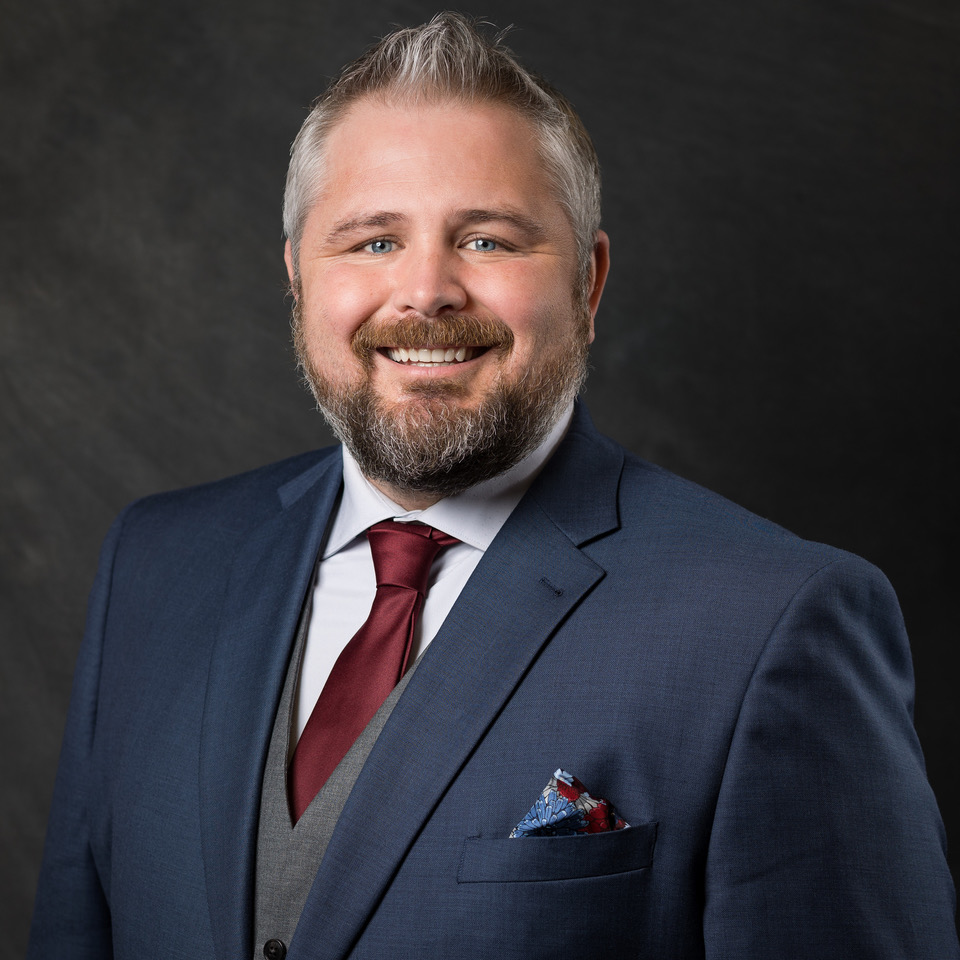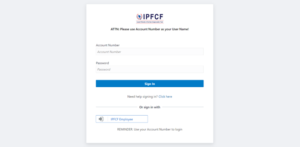By Society Insurance Human Resources, reposted with permission from Society Insurance
While running a small business, there’s a decent chance that throughout its course you’ll have to file some sort of insurance claim (often unexpectedly). Whether due to fire, theft, on-site injury or other incident, some experts estimate that 75% of small businesses faced an insurance-worthy incident just last year. Combine that with the fact that around 40% of small businesses are uninsured, and the bigger picture of how disaster affects the bottom line becomes much clearer. But it doesn’t have to completely end your operations. Arming yourself with knowledge and a comprehensive business insurance policy are your first lines of defense against disaster.
Here we’ll go over common types of small business insurance claims, how they affect businesses, and what you can do to prevent them. After all, being proactive is smarter than being reactive.
Fire Insurance Claims
Fires are a common and costly insurance claim, especially in the restaurant industry. According to the National Fire Protection Association, around 8,240 fires occur at restaurants per year which, on average, result in two deaths, 115 injuries, and over $245 million in property damages. Most restaurant fires occur due to faulty equipment in the kitchen, which is why Society Insurance continues to highlight the importance of proper maintenance through cleaning and awareness of hazardous materials.
Here are some tips to mitigate your risk of fires:
- For restaurants: ensure routine maintenance and cleaning of grease traps and ducts is completed
- Conduct inspections that uncover faulty outlets, frayed wires, and other common electrical hazards
- Ensure all fire extinguishers are up-to-code and are utilized properly
- Install a sprinkler system that will protect you in the event of a fire
Injuries
Injuries in the workplace, whether affecting customers or employees, is another common small business insurance claim. Slips and falls in particular are extremely common, making up about one third of all workplace injuries and accounting for the majority of worker’s compensation claims. In the experience of Society Insurance, slips and falls are both the most common insurance claims as well as the most costly.
The Occupational Health & Safety Administration (OSHA) estimates that slips, trips and falls cause around 700 fatalities per year in the U.S. Meanwhile, the National Safety Council finds that one workplace injury happens every 7 seconds.
It’s no secret that accidents happen, but the vast majority of them are preventable by taking the proper precautionary measures. Here are some measures you can take today:
- Stay on top of housekeeping
- Ensure that equipment is maintained properly and in a timely manner
- Keep floors clean and with proper signage when wet
- For restaurants: train employees on proper cutting utensil/equipment techniques
- Use the proper ladder and use it correctly
Theft
Theft and burglary are common small business insurance claims. Business owners big and small are acutely aware that some people will try to take advantage of them, whether by employee theft, cybercrimes or your standard shoplifter.
But no matter the source, losses due to theft can have a serious impact on the bottom line of small businesses. While you’re never 100% secure, keeping quality physical and cyber security best practices in place, hiring trustworthy employees, and implementing secure opening and closing routines will minimize your risk of theft and burglary.
Water Damage
No matter what geographic climate your business is in, it is always susceptible to water damage because it can occur in a variety of circumstances, even ones that are out of your control. Water damage will almost certainly put a halt to business operations, take time and money to fix, and if you ignore the problem or cut corners, you might wind up with structural damage or mold.
Here are some helpful tips to stay proactive and mitigate your risk of having water damage:
- Conduct routine equipment inspections on appliances that have water lines
- Ensure all employees know where the water main is so they can turn it off in the event of a burst pipe
- Invest in water detection devices that sound an alarm when an abundance of moisture is present
- Insulate pipes and disconnect outdoor hoses during winter months
- Maintain the rooftop
- Clean gutters at least twice per year
Our Speed & Skill Saves You Time & Money
In the event of a disaster that halts your business operations, it’s of utmost importance for you to have small business insurance to protect your assets. Our dedicated claims specialists can quickly assist you in the claims process. Whether it’s sending a claims professional to investigate an accident, locating the nearest repair shop or using one of our many cost containment programs, Society helps take care of the details so you can get back to business.
Please reach out to the WisMed Assure team at insurance@wismedassure.org, complete this online form or call 608.442.3810 to explore business owners’ and other insurance options.
Reposted with permission from Society Insurance


















